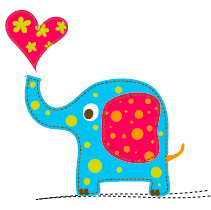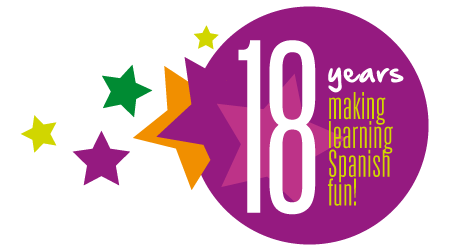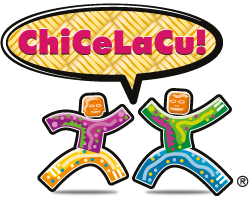Curriculum

ChiCeLaCu provides a well-rounded long-term curriculum featuring 50 unique books and materials published directly by ChiCeLaCu, starting from preschool and continuing through the elementary years, all the way to 6th grade. Our educational approach recognizes that language learning is a gradual journey that thrives on consistent exposure, with early engagement leading to more successful outcomes. Students immerse themselves in Spanish through diverse activities such as music, dance, theater, games, art, history, and traditional classroom experiences. To monitor and celebrate student achievements, ChiCeLaCu offers homework assignments, conducts quarterly evaluations, holds parent-teacher conferences, and organizes student presentations.
ChiCeLaCu employs two distinct yet equally effective curricula tailored to its programs, ensuring placement recommendations align with each student’s Spanish proficiency. The Heritage and Highly Proficient Speakers curriculum is used in preschool and the Spanish Immersion Saturday School. In contrast, the At Your School and Saturday programs implement the Language Learners curriculum. All children are welcome, regardless of their language background; however, elementary-aged students are placed in the program that best suits their language exposure needs. Graduates from the preschool program seamlessly transition to ChiCeLaCu’s Saturday School, continuing their education from Kindergarten through 6th grade.
Spanish for Heritage/Highly Proficient Speakers

Our Spanish for Heritage/Highly Proficient Speakers curriculum came to fruition after a long review process of existing educational models from Latin America and UNESCO-funded educational initiatives implemented in Mexico, Colombia, Chile, and Peru. ChiCeLaCu offers a complete, sequential curriculum from Pre-K to 6th grade. ChiCeLaCu’s comprehensive preschool curriculum effectively addresses cognitive, social, emotional, and physical development. It focuses on building strong reading, writing, and math foundations through structured and age-appropriate activities involving arts and crafts, play, music, dance, one-on-one instruction, and much more. The elementary Spanish curriculum focuses on speaking, reading, writing, spelling, and grammar. Students use age- and level-appropriate textbooks and materials from Latin America, thus allowing for the seamless integration of cultural elements during each lesson.
Spanish for Language Learners

Classes for beginner, intermediate, and advanced-level students focus on developing Spanish conversational and writing proficiency. Grammar lessons are integrated into individual, group, and class activities that reflect real-life situations and allow students to express themselves in correct conversational Spanish. Students use age- and level-appropriate textbooks and materials and are exposed, through various classroom activities, to different Latin American cultures.

